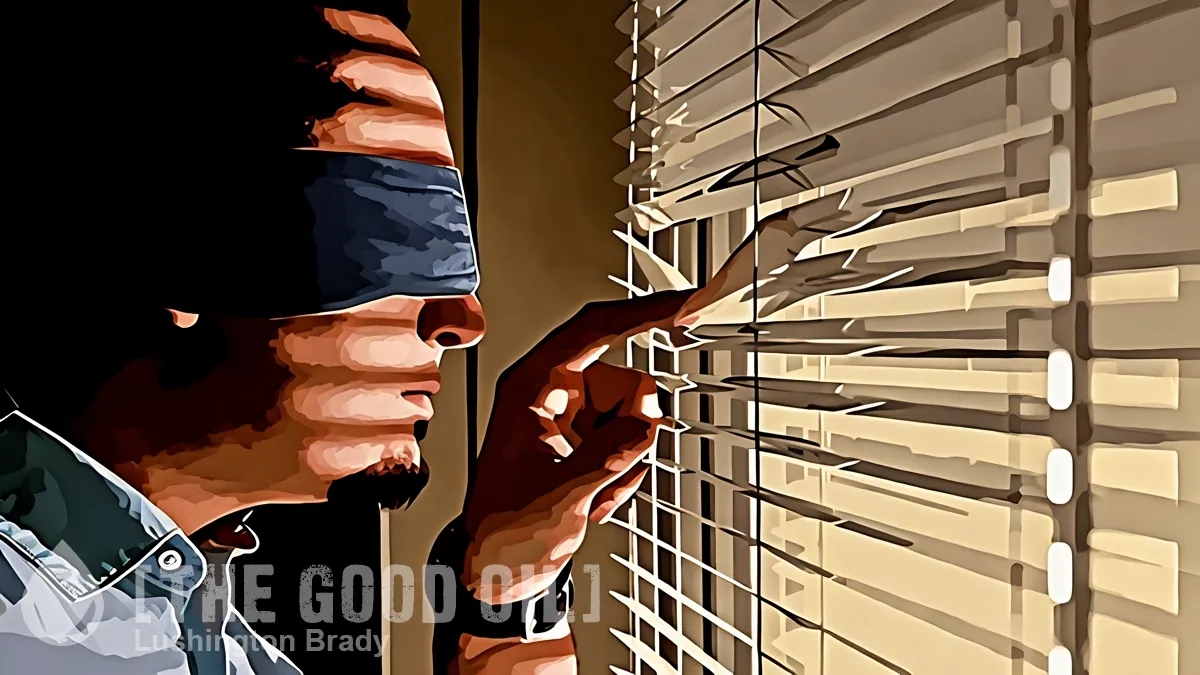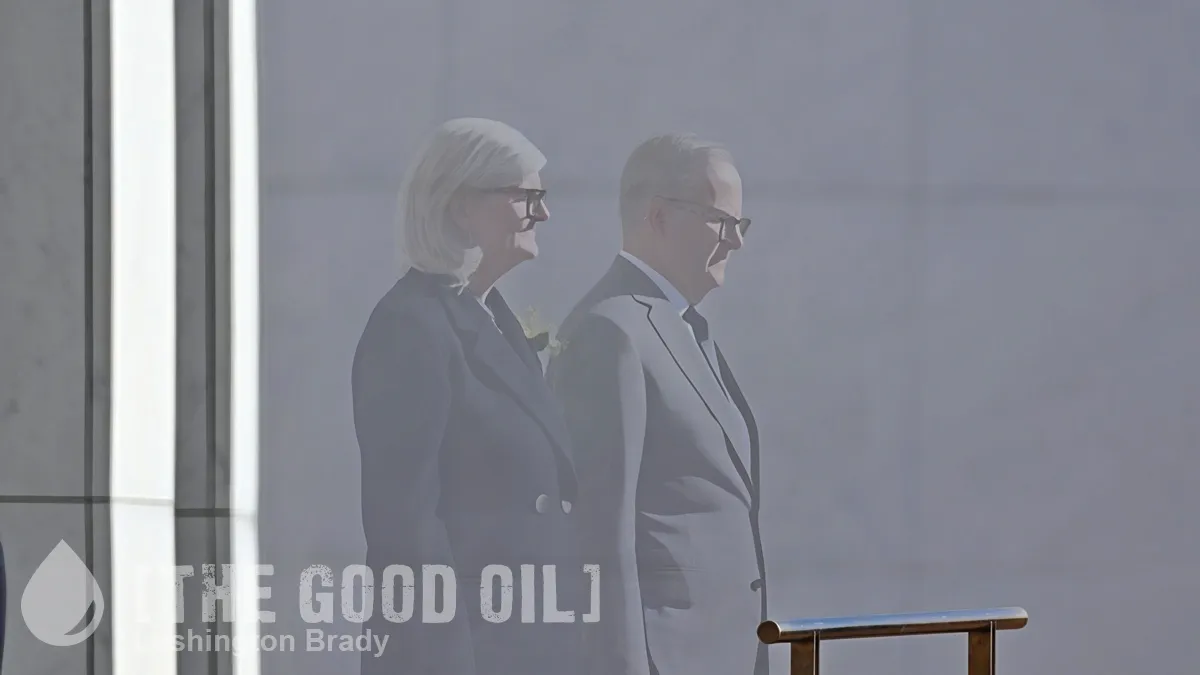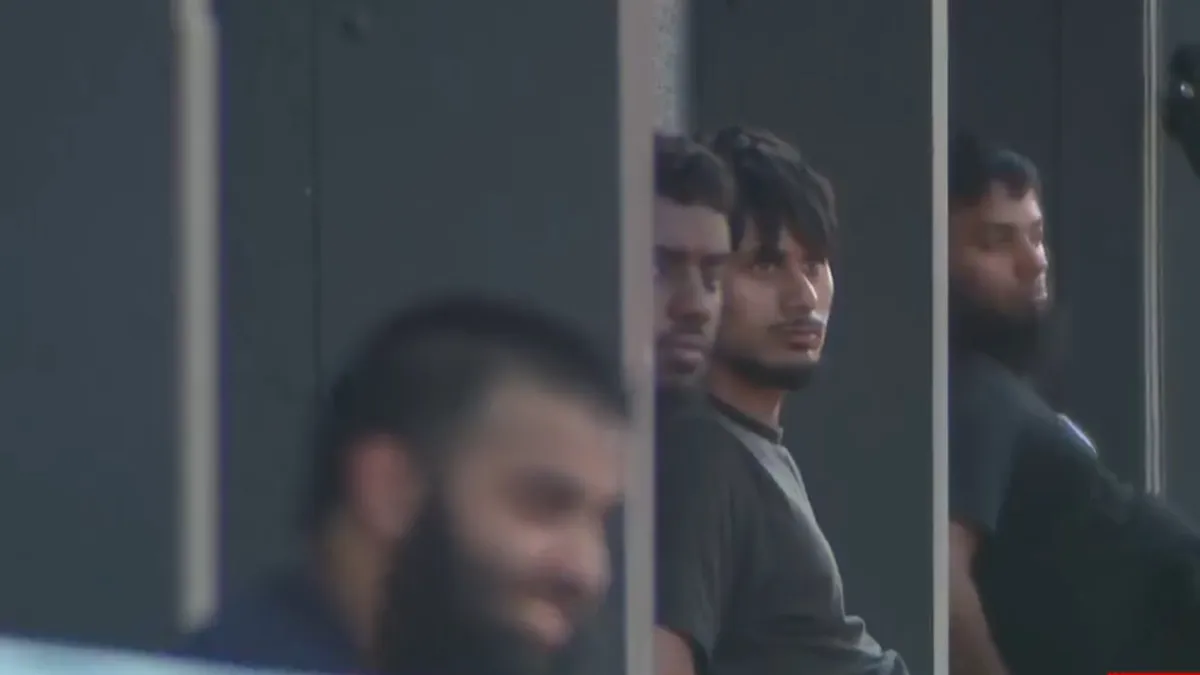It’s not often that Christopher Pyne says anything useful. The ‘mincing poodle’, as minister in successive coalition governments, was the epitome of the woke, wet ‘moderates’ who’ve done so much to drive away the party’s conservative base. So, when he says the Chinese navy cruising menacingly off the coast of Australia is ‘no bad thing’, it’s easy to thing he’s another left-leaning Australian poli on the shill for the ChiComs.
In fact, Pyne is rather sensibly saying that the good thing about the ‘live-fire drill’ debacle is that it might finally shake a lot of people out of the slumber of complacency.
The shock that greeted the navigation of three Chinese warships through the Tasman Sea en route to what appears to be a circumnavigation of Australia, and their subsequent live firing exercises, was perhaps the most surprising thing about this incident.
That, and the fact that an entire Chinese fleet sailed all the way down the South China Sea, past the Philippines and PNG, and parked themselves between Australia and New Zealand, all without anyone in defence even noticing. Australia only learned the Chinese were lobbing around missiles and torpedos off our coasts when a commercial airline pilot radioed it in.
To be fair, Australia is just echoing the complacency of former US president Barack Obama. When, in the presidential debate, Mitt Romney drew attention to America’s declining blue-water fleet, Obama sneered that they’ve stopped using horses and bayonets, too. Two decades later, as Xi Jinping ineluctably turns the Pacific into a Chinese lake, who’s looking the real fool?
Anyone with a passing interest in national security has been warning about the repercussions of China possessing a blue water navy for more than a decade. Last week was simply a manifestation of the changed world that we now live in. The relative stability of the Cold War by comparison, and the quarter-century of Western hegemony of the globe since, are now a thing of the past.
But the media, and our polity in general, seemed not to see the wood for the trees – or the sea for the ships in this case.
Instead of focusing on what the government knew when, isn’t the more important question what are we doing about defending our nation?
The second question follows from the first. That the government is so clueless is symptomatic of the broader problem: the deplorable decline of Australia’s defence forces.
I am no apologist for the Chinese government, nor have I ever been considered anything other than a hawk, including when I held the defence and defence industry portfolios in the Turnbull and Morrison governments. But I did find the faux outrage at the presence of the flotilla a touch hypocritical.
Rather than wringing our hands, what should we be doing? The simple answer is that we need to spend more money on defence.
Pyne admits that he is a lobbyist for the defence industry, but that doesn’t change the brutal truth of what he’s saying. As the freeloading European powers are finding out, if they want continued American participation, they need to start pulling their own weight. Which includes not just lifting defence spending, but spending it usefully, rather than playing khaki fools with vanity DEI projects.
While defence spending has at least lifted above the lower limit of two per cent of GDP for the first time in decades, it needs to go higher still. If even a fraction of the trillions that idiots like Chris Bowen want to plough into useless ‘Net Zero’ scams went to defence, we’d be in a much better position.
Spending on guided weapons and explosive ordnance, ships, planes, unmanned vessels of every kind, surveillance, satellites, radars, land vehicles, small arms and ammunition and personnel, doesn’t come cheap, and it never stops.
The opposition’s weekend announcement that a Dutton government will invest in the purchase of 28 more of the 35A Lighting II Joint Strike Fighters at a cost of over $3 billion is something that will be noticed in Beijing. It would take our Joint Strike Fighter capability to 100 platforms. In addition to the other air platforms that Australia deploys to protect our skies and coastline, like the Poseidon anti-submarine surveillance aircraft and the EA-18G Growler electronic warfare super hornets, this is a significant lethal offensive air capability.
Similarly, the confirmation from Defence Minister Richard Marles last week that the replacement vessels for the ANZAC frigates will be decided and announced by the end of 2025 and not delayed into 2026 was welcome news. These new general purpose frigates, along with the Hunter Class anti-submarine warfare frigates, the Air Warfare Destroyers, the upgrades of the Collins Class submarines and the arrival of the first Virginia Class nuclear-powered submarines, will give us a more capable naval defence force than at any time since World War II.
As Pyne points out, Anthony Albanese chairs the National Security Committee. Peter Dutton is a former defence minister and has some excellent, experienced advisors, such as ex-former SAS officer Andrew Hastie. Neither has any excuse, then, for being blase about our strategic environment. ‘Incredibly benign’ it very much is not.
If China’s blatant intimidation off Australia’s coasts last week weren’t enough of a wake-up call, we’re truly screwed.









